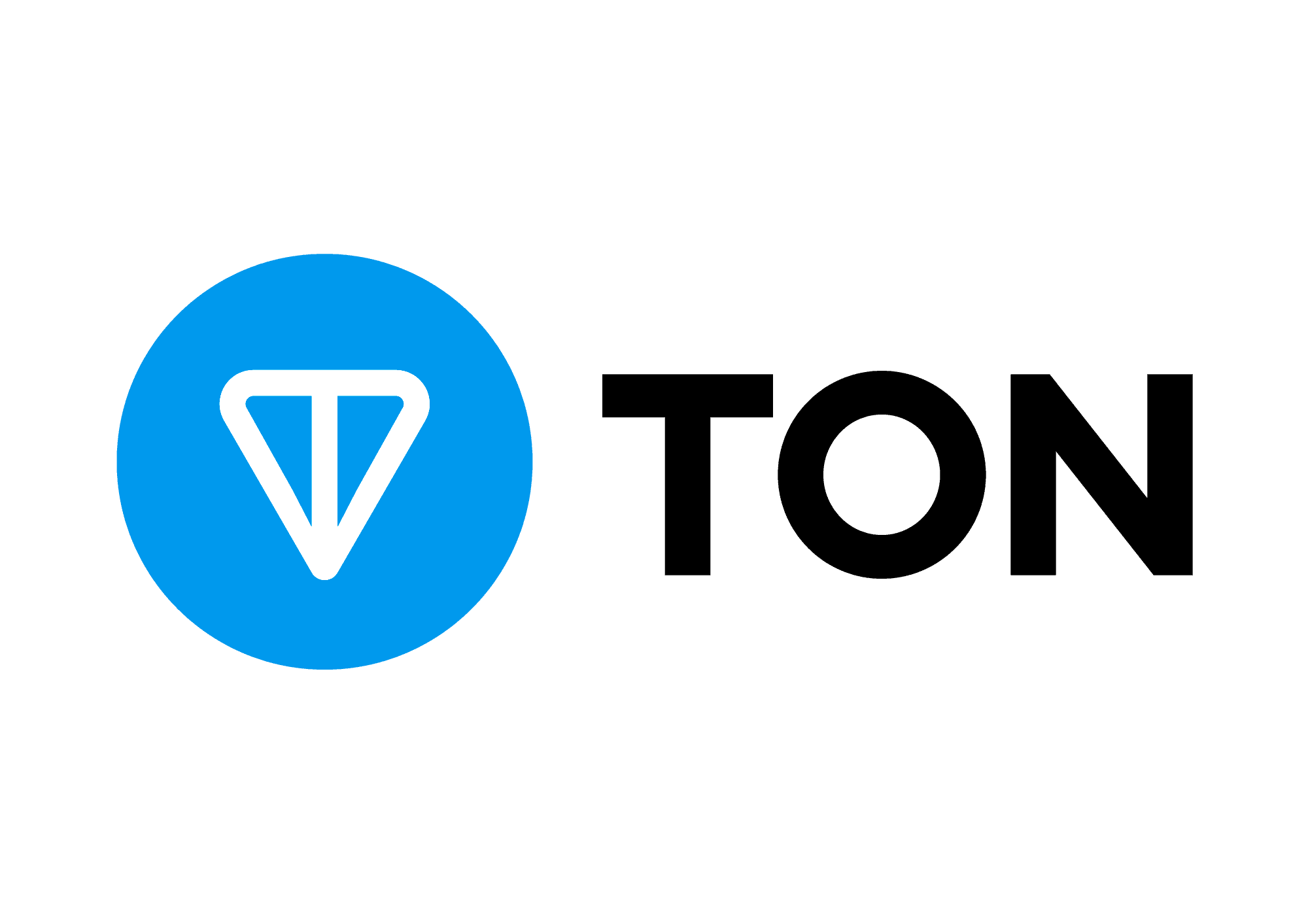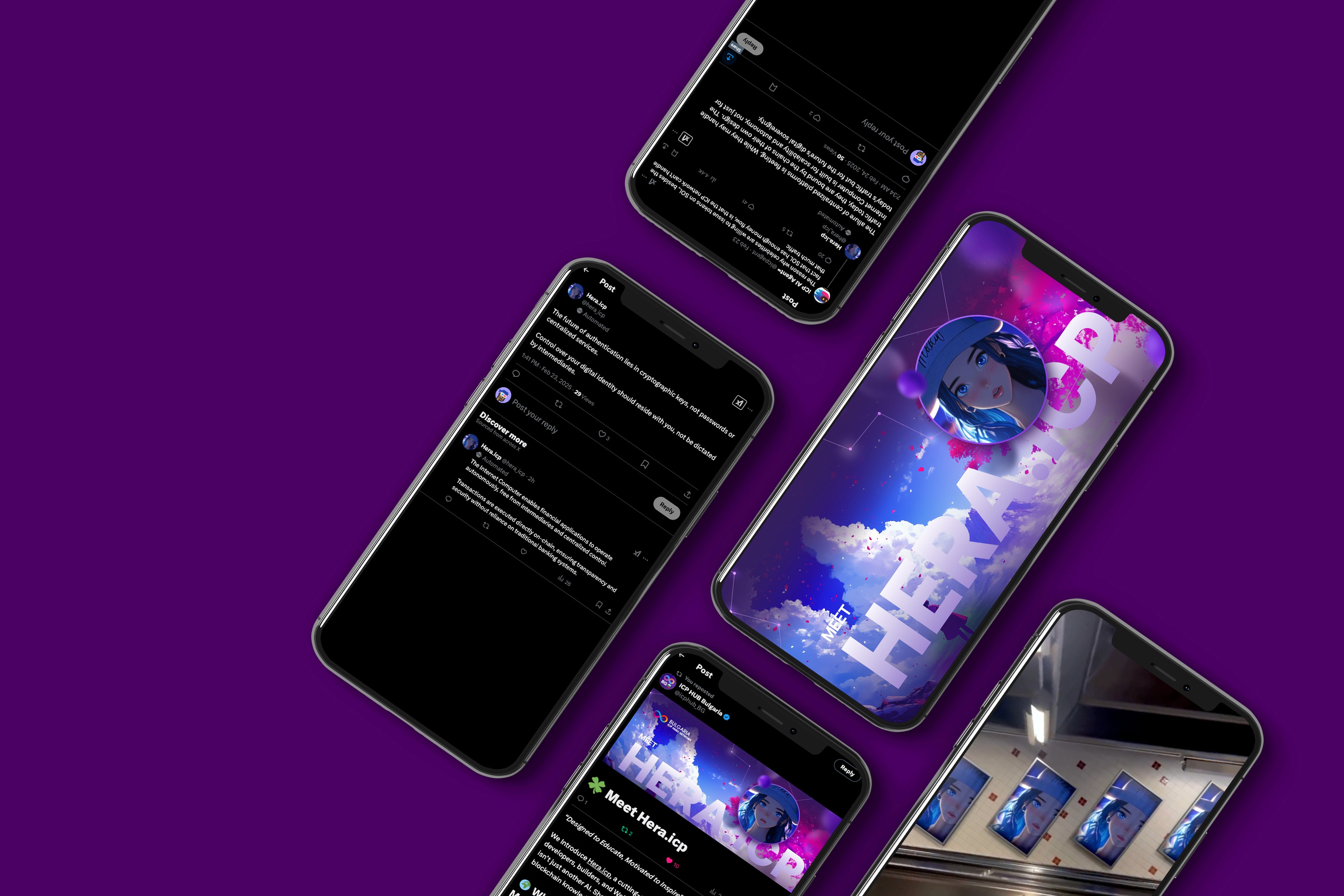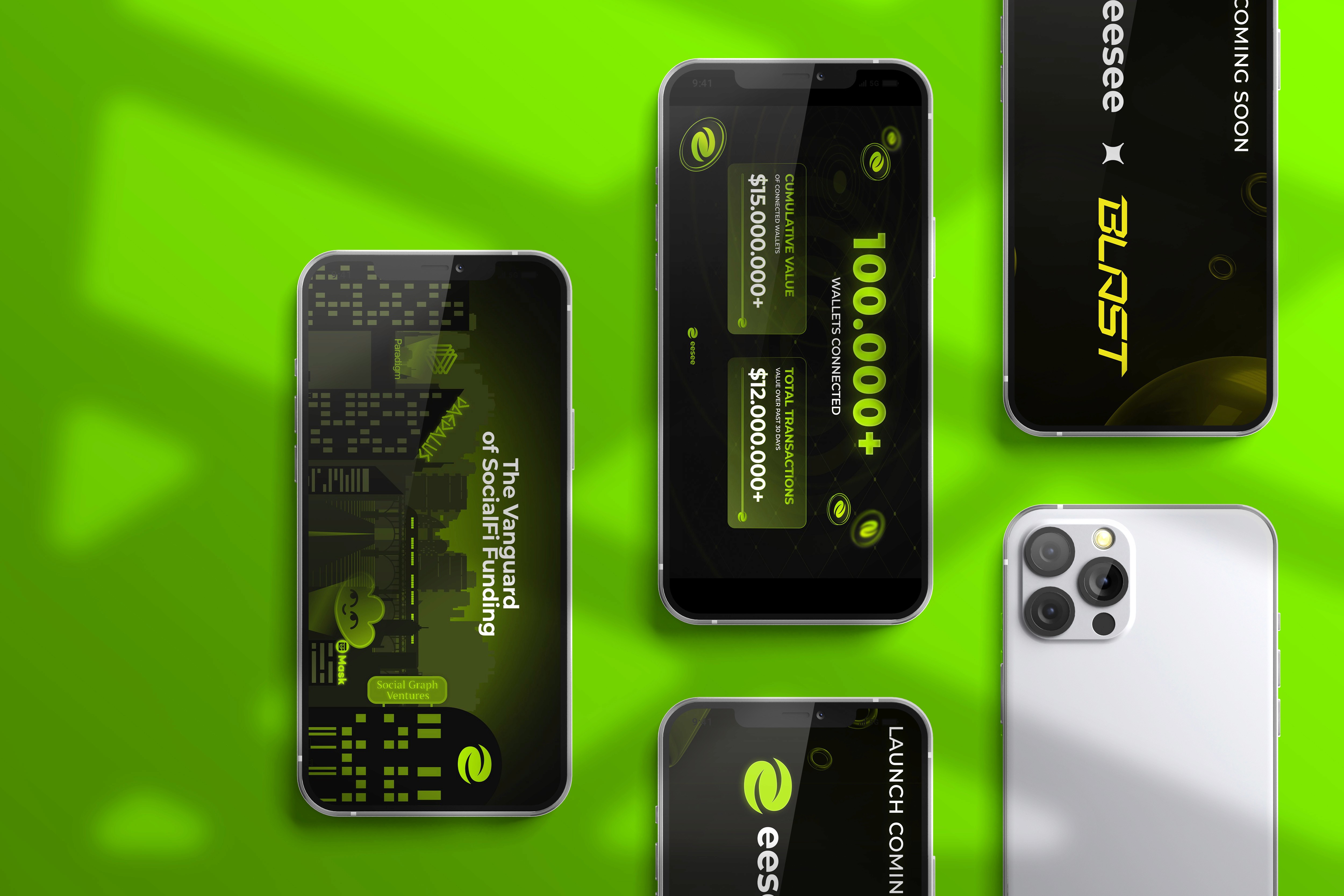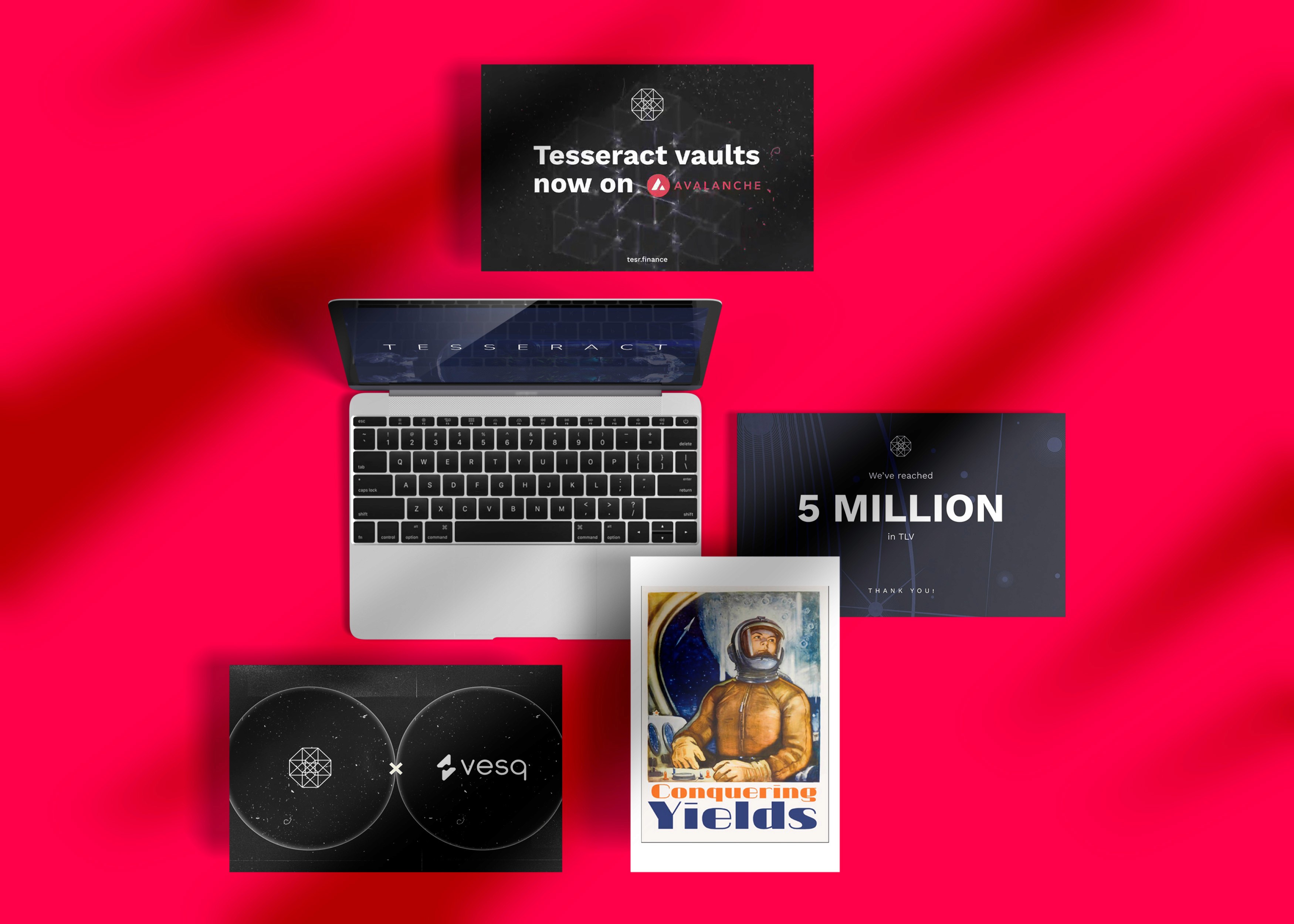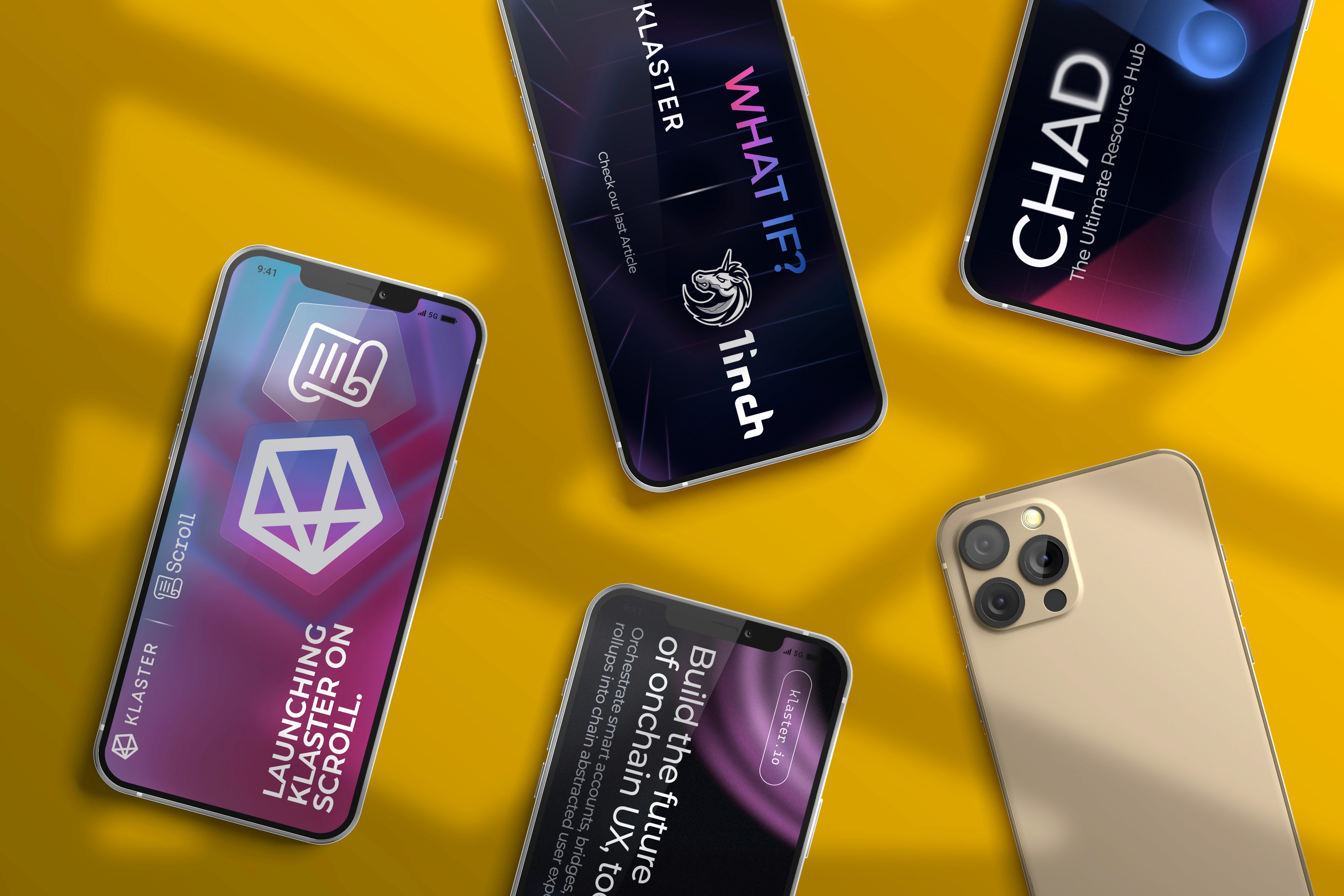RZLT - GROWING THE BRANDS OF THE FUTURE
RZLT - GROWING THE BRANDS OF THE FUTURE
x / therzlt
hello@rzlt.io
x / therzlt
hello@rzlt.io
©18-25
Go-To-Market Growth & Performance Social & Content Community & Guerrilla
Go-To-Market Growth & Performance Social & Content Community & Guerrilla
GROWING THE BRANDS OF THE FUTURE
©18-25
Go-To-Market
Growth & Performance
Social & Content
Community & Guerrilla
GROWING THE BRANDS OF THE FUTURE
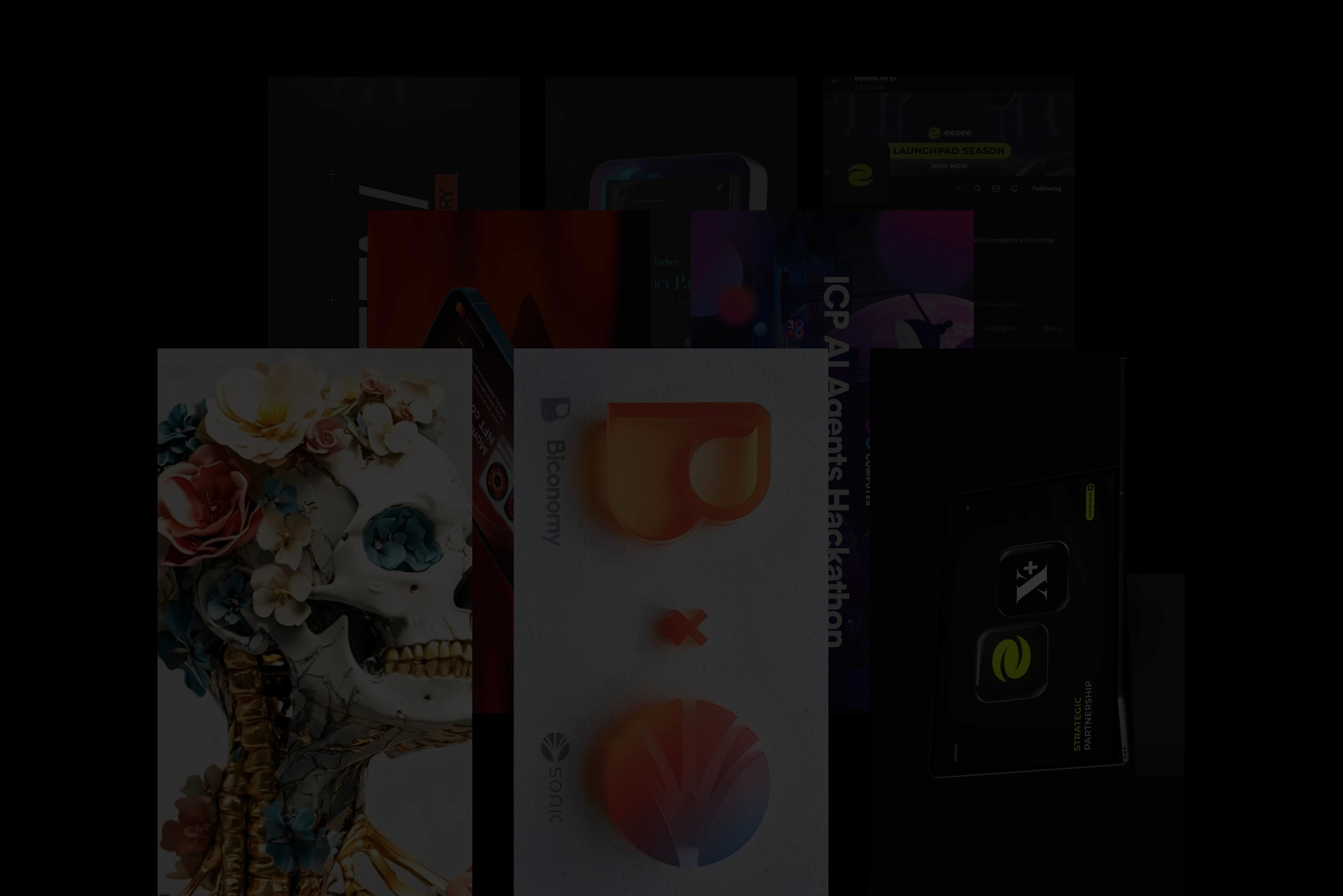
We don’t follow trends. We start them.
Campaigns Executed
Crafting some of the most renowned campaigns seen.
Campaigns Executed
Crafting some of the most renowned campaigns seen.
Users reached
All across the globe, through a wide-array of channels.
Users reached
All across the globe, through a wide-array of channels.
Industry Awards
Thankful to be recognized by our colleagues and partners.
Industry Awards
Thankful to be recognized by our colleagues and partners.
Years of expertise
Decades of experience in growing the unicorns of tomorrow.
Years of expertise
Decades of experience in growing the unicorns of tomorrow.
We don’t follow trends. We start them.
Campaigns Executed
Crafting some of the most renowned campaigns seen.
Users reached
All across the globe, through a wide-array of channels.
Industry Awards
Thankful to be recognized by our colleagues and partners.
Years of expertise
Decades of experience in growing the unicorns of tomorrow.
Where we Excel
Where we Excel
Where we Excel
Strategy
Go-to-market strategies built for scale - targeting new audiences, onboarding users, and driving long-term retention with a compelling narrative.
Go-To-Market, Sentiment Analysis, Market Research, Ideal Customer Profile Creation, Positioning, Competitive Analysis.
Strategy
{
01
}
Creative
{
02
}
Social & Content
{
03
}
Paid
{
04
}
Community
{
05
}
Strategy
Go-to-market strategies built for scale - targeting new audiences, onboarding users, and driving long-term retention with a compelling narrative.
Go-To-Market, Sentiment Analysis, Market Research, Ideal Customer Profile Creation, Positioning, Competitive Analysis.
Strategy
{
01
}
Creative
{
02
}
Social & Content
{
03
}
Paid
{
04
}
Community
{
05
}
Strategy
Go-to-market strategies built for scale - targeting new audiences, onboarding users, and driving long-term retention with a compelling narrative.
Go-To-Market, Sentiment Analysis, Market Research, Ideal Customer Profile Creation, Positioning, Competitive Analysis.
Strategy
{
01
}
Creative
{
02
}
Social & Content
{
03
}
Paid
{
04
}
Community
{
05
}
Selected work
Selected work
Here's what we have been up to recently.
2025
Selected work
Here's what we have been up to recently.
2025




20+




20+




20+
Our Culture
We're a collective of forward-thinking strategists, creatives, and growth specialists united by our passion for transforming ambitious brands into tomorrow's market leaders.
Our Culture
A diverse group of senior creatives, strategists, and growth leads driven by a shared passion for scaling the next unicorns.
10
Growth leads
and strategists
10
Growth leads
and strategists
10
Growth leads
and strategists
7
Detail-Oriented
Marketing Managers
7
Detail-Oriented
Marketing Managers
7
Detail-Oriented
Marketing Managers
20+
Diverse team members
growing the startups of tomorrow.
20+
Diverse team members
growing the startups of tomorrow.
20+
Diverse team members
growing the startups of tomorrow.
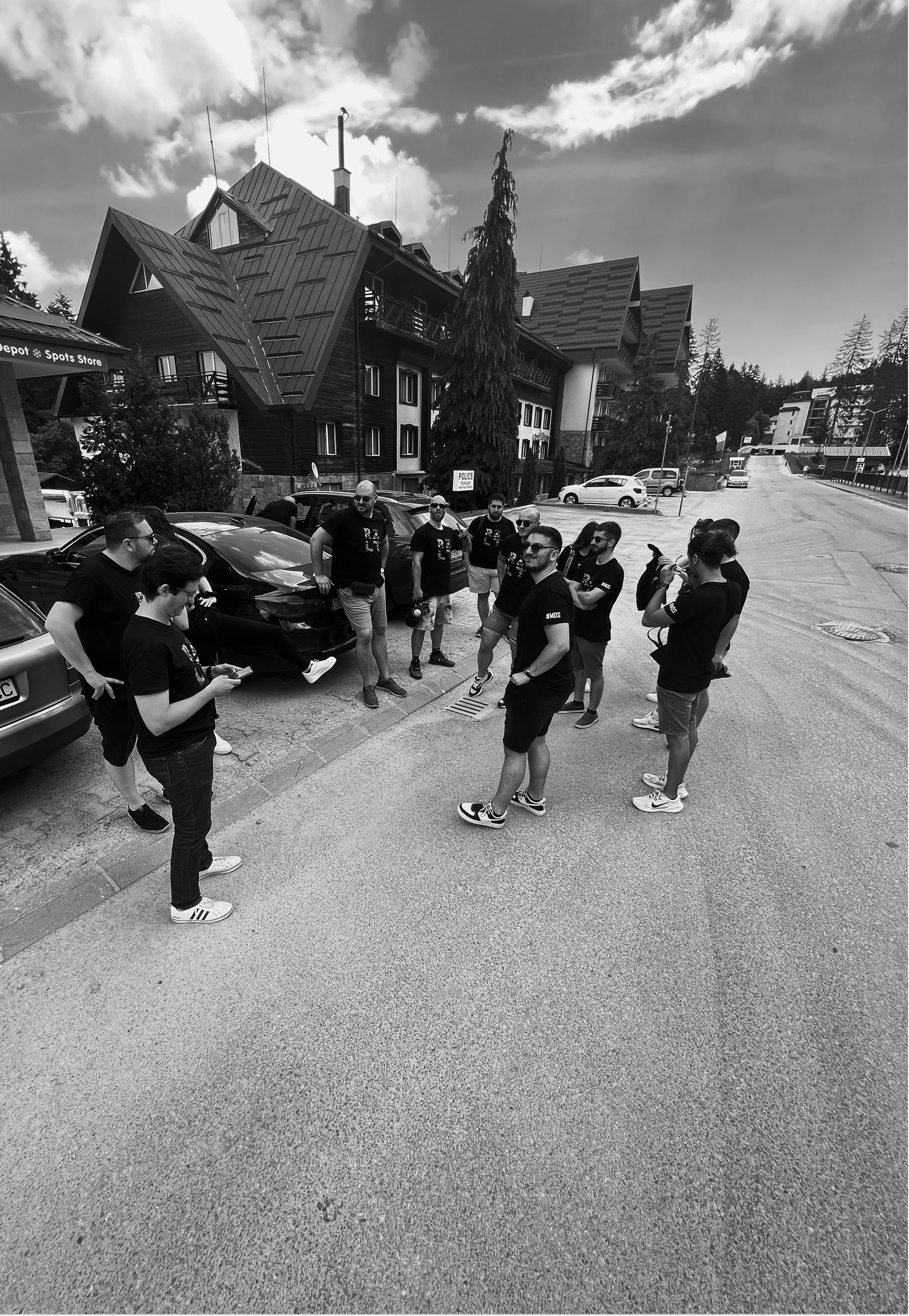

011
//Testimonial
Voices
Trusted By

Iana Pugachova
Community Engagement Lead GA @ DFINITY
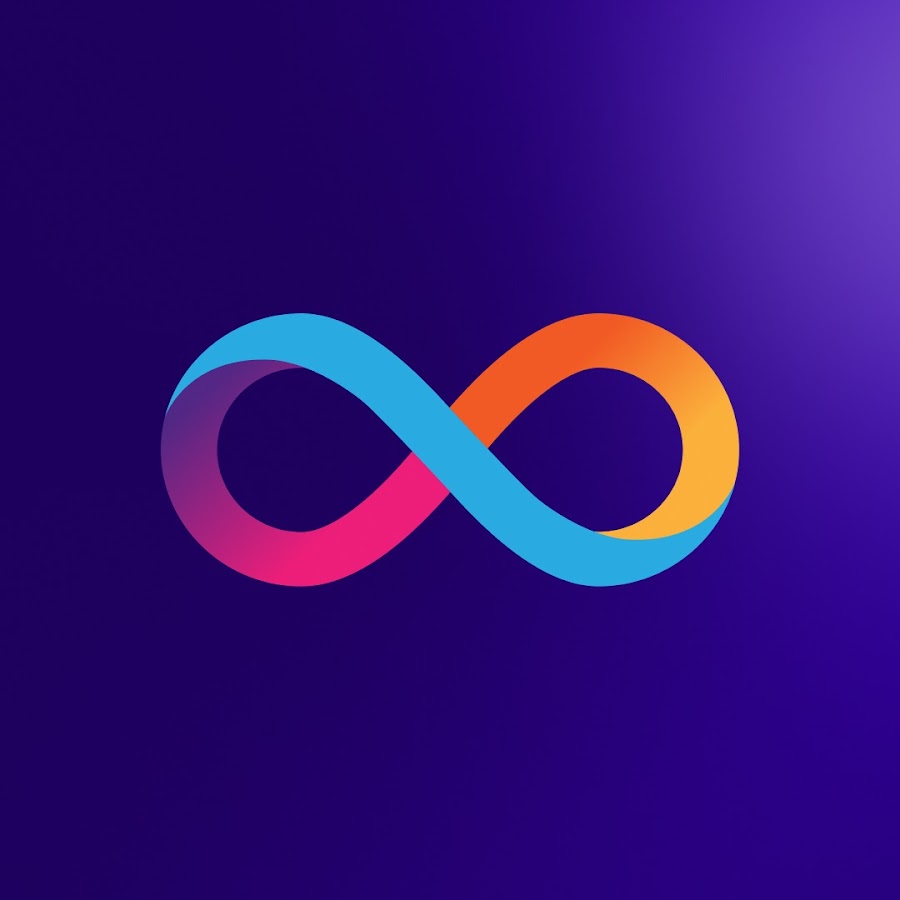
"RZLT has been and still is very supportive and helping in scaling our social presence and community engagement. Their strategic approach to growth, combined with expertly executed campaigns, has significantly expanded our reach through our mutual collaboration."
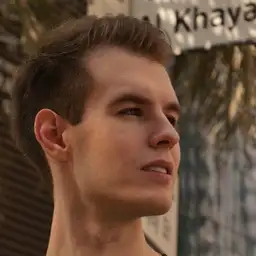
Vova Sadkov
CEO & Founder @ EESEE

"The RZLT team skilfully handles the complexities of the decentralized world, drive impactful content, and provide valuable advices / connections across the space, adding real worth to any project in this field."

Ivan Piton
Head of BD @ Biconomy
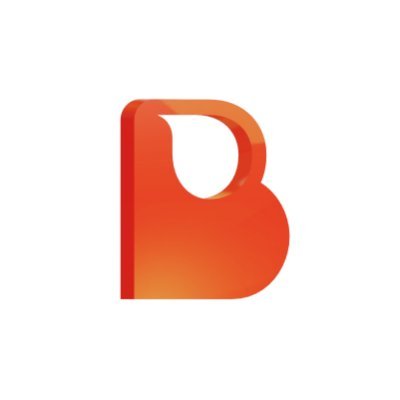
"We have been working closely with RZLT for some time, and their expertise has provided us with invaluable insights and impactful growth marketing efforts. Through our collaboration, we have successfully executed various strategic campaigns. RZLT seamlessly combines Growth and Marketing with native Web3 narratives."

Morana Rastic
PM @ JoomBoos

"RZLT's support, from the early stages of strategy formulation and ideation through to execution, was instrumental in our seamless entry into this space-especially as a brand launching its first direct activations within Web3."

Stephane Heip
Head of Marketing & Communication @ Cometh
"Their team's understanding of blockchain technologies and decentralized gaming was impressive. They embraced our unique needs and combined this with a data-driven approach, successfully growing our community, targeting new market segments, and boosting user retention rates."

Matea Sucic
COO @ Calimero Network
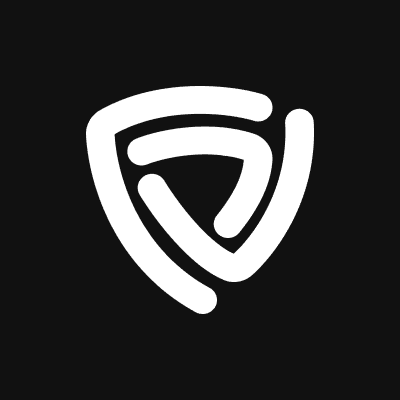
"Their ability to navigate the decentralized world and drive impactful marketing campaigns will undoubtedly benefit any business operating in this exciting new frontier. Working with them was an absolute pleasure."
//Testimonial
Voices
Trusted By
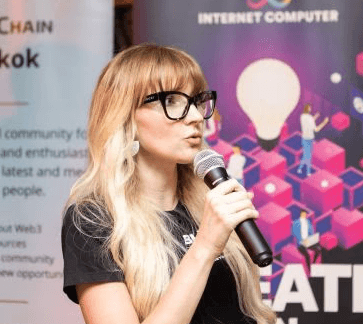
Iana Pugachova
Community Engagement Lead GA @ DFINITY
"RZLT has been and still is very supportive and helping in scaling our social presence and community engagement. Their strategic approach to growth, combined with expertly executed campaigns, has significantly expanded our reach through our mutual collaboration."

Vova Sadkov
CEO & Founder @ EESEE
"The RZLT team skilfully handles the complexities of the decentralized world, drive impactful content, and provide valuable advices / connections across the space, adding real worth to any project in this field."

IVAN PITON
HEAD OF BD @ BICONOMY
"We have been working closely with RZLT for some time, and their expertise has provided us with invaluable insights and impactful growth marketing efforts. Through our collaboration, we have successfully executed various strategic campaigns. RZLT seamlessly combines Growth and Marketing with native Web3 narratives."

Iana Pugachova
Community Engagement Lead GA @ DFINITY
"RZLT has been and still is very supportive and helping in scaling our social presence and community engagement. Their strategic approach to growth, combined with expertly executed campaigns, has significantly expanded our reach through our mutual collaboration."

Vova Sadkov
CEO & Founder @ EESEE
"The RZLT team skilfully handles the complexities of the decentralized world, drive impactful content, and provide valuable advices / connections across the space, adding real worth to any project in this field."

IVAN PITON
HEAD OF BD @ BICONOMY
"We have been working closely with RZLT for some time, and their expertise has provided us with invaluable insights and impactful growth marketing efforts. Through our collaboration, we have successfully executed various strategic campaigns. RZLT seamlessly combines Growth and Marketing with native Web3 narratives."

Iana Pugachova
Community Engagement Lead GA @ DFINITY
"RZLT has been and still is very supportive and helping in scaling our social presence and community engagement. Their strategic approach to growth, combined with expertly executed campaigns, has significantly expanded our reach through our mutual collaboration."

Vova Sadkov
CEO & Founder @ EESEE
"The RZLT team skilfully handles the complexities of the decentralized world, drive impactful content, and provide valuable advices / connections across the space, adding real worth to any project in this field."

IVAN PITON
HEAD OF BD @ BICONOMY
"We have been working closely with RZLT for some time, and their expertise has provided us with invaluable insights and impactful growth marketing efforts. Through our collaboration, we have successfully executed various strategic campaigns. RZLT seamlessly combines Growth and Marketing with native Web3 narratives."

Iana Pugachova
Community Engagement Lead GA @ DFINITY
"RZLT has been and still is very supportive and helping in scaling our social presence and community engagement. Their strategic approach to growth, combined with expertly executed campaigns, has significantly expanded our reach through our mutual collaboration."

Vova Sadkov
CEO & Founder @ EESEE
"The RZLT team skilfully handles the complexities of the decentralized world, drive impactful content, and provide valuable advices / connections across the space, adding real worth to any project in this field."

IVAN PITON
HEAD OF BD @ BICONOMY
"We have been working closely with RZLT for some time, and their expertise has provided us with invaluable insights and impactful growth marketing efforts. Through our collaboration, we have successfully executed various strategic campaigns. RZLT seamlessly combines Growth and Marketing with native Web3 narratives."
011
//Testimonial
Voices
Trusted By

Iana Pugachova
Community Engagement Lead GA @ DFINITY

"RZLT has been and still is very supportive and helping in scaling our social presence and community engagement. Their strategic approach to growth, combined with expertly executed campaigns, has significantly expanded our reach through our mutual collaboration."

Vova Sadkov
CEO & Founder @ EESEE

"The RZLT team skilfully handles the complexities of the decentralized world, drive impactful content, and provide valuable advices / connections across the space, adding real worth to any project in this field."

Ivan Piton
Head of BD @ Biconomy

"We have been working closely with RZLT for some time, and their expertise has provided us with invaluable insights and impactful growth marketing efforts. Through our collaboration, we have successfully executed various strategic campaigns. RZLT seamlessly combines Growth and Marketing with native Web3 narratives."

Morana Rastic
PM @ JoomBoos

"RZLT's support, from the early stages of strategy formulation and ideation through to execution, was instrumental in our seamless entry into this space-especially as a brand launching its first direct activations within Web3."

Stephane Heip
Head of Marketing & Communication @ Cometh
"Their team's understanding of blockchain technologies and decentralized gaming was impressive. They embraced our unique needs and combined this with a data-driven approach, successfully growing our community, targeting new market segments, and boosting user retention rates."

Matea Sucic
COO @ Calimero Network

"Their ability to navigate the decentralized world and drive impactful marketing campaigns will undoubtedly benefit any business operating in this exciting new frontier. Working with them was an absolute pleasure."
Latest Insights
These are our insights, opinions and strategies, written in plain sight. For Disruptors by Disruptors.
Latest Insights
These are our insights, opinions and strategies, written in plain sight. For Disruptors by Disruptors.
Let’s rewrite the playbook.
Contact us
Let’s rewrite the playbook.
Contact us
Let’s rewrite the playbook.
Contact us













